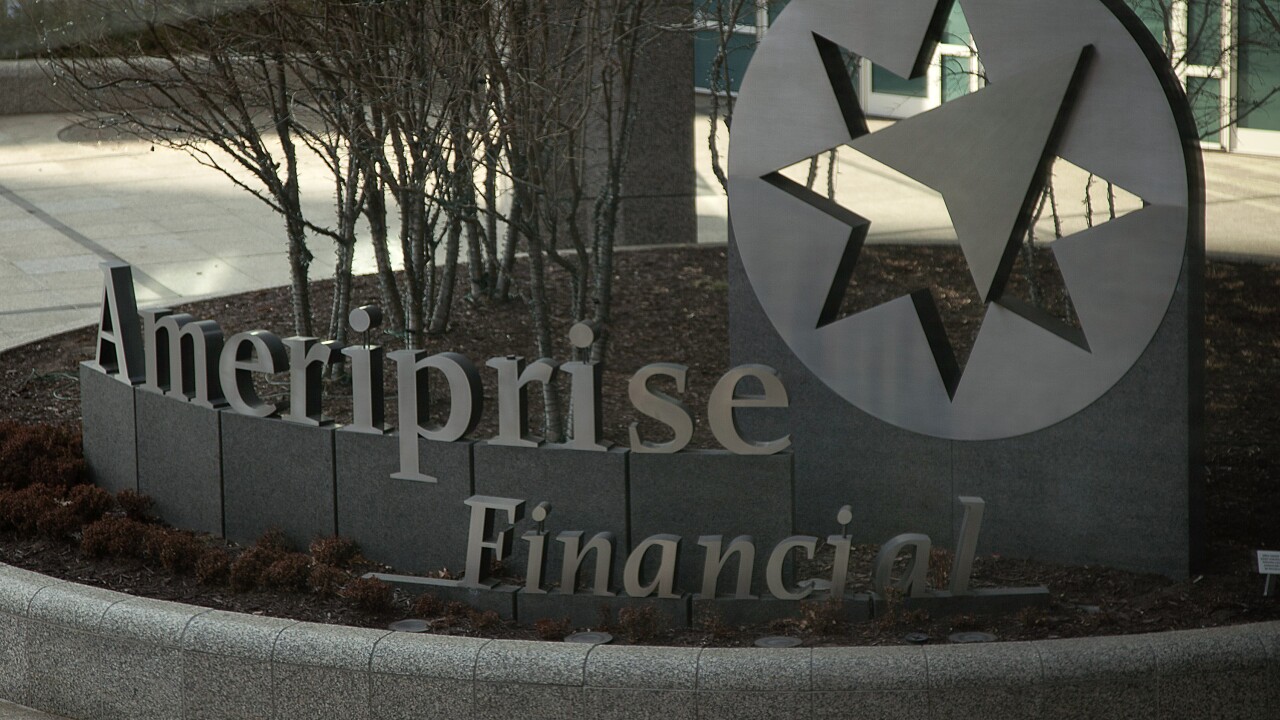Exchange-traded funds are a popular, low-cost gateway to the market — a way to gain broad exposure and diversify your bets to cushion the drag of losers. They're also cast as better at boosting after-tax profits when compared with mutual funds and ownership of a few favorite stocks.
But a new
The paper, posted last week by Roni Israelov, the president and chief investment officer of NDVR, an investment advisory firm in Boston, and Jason Lu, a research economist in the economic modeling division of the International Monetary Fund, sought to quantify the popular strategy of selling losing assets to offset the taxable gains that arise when selling winning ones.
It found that the strategy, known as tax-loss harvesting, produces the best results when it's used for groups of individual stocks, not exchange-traded funds.
"You make more money harvesting single stocks across an entire portfolio than you do in an ETF," Israelov said in an interview.
Wealth management firms from
Selling assets for a tax benefit involves intentionally unloading a security at a loss, then using the red ink to offset investment profits taken elsewhere. If losses exceed gains, an investor can use what's left over to offset, or reduce, up to $3,000 of ordinary income a year and deploy any extra to reduce future tax bills. Investors who use the strategy have to deal with the Internal Revenue Service's
When it comes to "tax efficiency" — meaning investment profits whose taxes have the minimum hit possible — it's well established that ETFs trump mutual funds. That's because of the way the former are structured.
An ETF is a collection of stocks, bonds, commodities or currencies that typically tracks a benchmark, such as the S&P 500. The funds trade on exchanges just like regular shares and either "passively" mimic an established index, like the S&P 500, or "actively" follow a custom one.
They cost less because unlike mutual funds, they don't carry an annual marketing fee or upfront commision, though they can come with a brokerage fee. ETFs are traded throughout the day, just like shares in Amazon or Apple, whereas mutual funds trade once, at the end of the day.
Financial advisors like the funds when helping clients game out paying for college, buying a home and planning for retirement because they "don't have trading fees to buy or sell and are extremely liquid," said Jonathan Thomas of LVW Advisors in Rochester, New York.
But one of the biggest selling points of ETFs concerns taxes. The funds can change their holdings as often as they like
"Tax-loss harvesting is one easy way for advisors and investors to produce better after-tax returns, and ETFs simplify that process within passive funds by allowing for near like-to-like exchanges without triggering a wash sale, due to the multitude of funds that track the same or similar index," said Curtis Congdon, the president of XML Financial Group.
There are two situations in which a mutual fund has to sell securities — when an investor wants out and when the fund needs to rebalance itself. Those sales create capital gains tax bills that are passed on to investors, even if the fund itself is losing money and if the owner hasn't dumped the fund.
Whether those gains are long-term, where the top rate is 23.8%, including the Affordable Care Act levy, or short-term, which is the same as a taxpayer's ordinary rate,
By contrast, when an investor wants to sell an ETF, she simply sells it to another investor like a stock. It's a "
The Israelov-Lu paper found that over 20 years, tax-loss harvesting within a portfolio of 1,500 stocks will produce 1.2% more profit each year vs. 0.4% for ETFs — a 0.8% boost equal to three times the harvesting value. That's the average annual bump over time — the boost in the first 2.5 years is much more significant, with roughly one-third of losses harvested over a 20-year period occurring in the first 2.5 years. The picture is more dramatic for shorter time frames. Over a five-year period, harvesting losses in a stock portfolio realizes about 2.5 times the losses realized when owning ETFs over a five-year period.
Here's a simplified explanation of how that works. Say the S&P 500 consists of two stocks and an investor buys each at $100. Stock No.1 one goes up $20. Stock No. 2 goes down $10. The index thus rises to $210. If you own the stocks via an ETF, there's nothing you can do to harvest that $10 loss. But if you own the two stocks outright, you can sell the losing $90 stock to harvest a $10 loss.
Because an ETF is a single asset, the individual performance of its underlying holdings "doesn't pass through in terms of an investor's ability to harvest individual losses," Israelov said. He added that the example holds true for the S&P's 500 stocks.
"The benefit that direct stocks have is they just allow you to harvest so many more losses than ETFs," Israelov said.
Investors don't typically own 1,500 stocks individually, of course, but they can own, say, 400 stocks as part of a direct indexing strategy. For lower numbers of stocks, the study's findings still hold, Israelov said, because large companies tend to make up the bulk of an index's market weighting.
"We wanted our results to capture a pure horse race between ETFs and direct indexing, but they could apply to non-DI portfolios," he said of the study, "A Tax-Loss Harvesting Horse Race: Direct Indexing vs. ETFs."
Equity ETFS are only around 12% of the $41 trillion U.S. stock market, but they accounted for nearly one-third, or $53 trillion, of all trading volume last year, a record, according to iShares. More than 2,000 U.S. equity ETFs have around $6.5 trillion in assets, less than half the roughly $17 trillion of mutual funds, Morningstar
For many investors, Franklin Templeton
A








